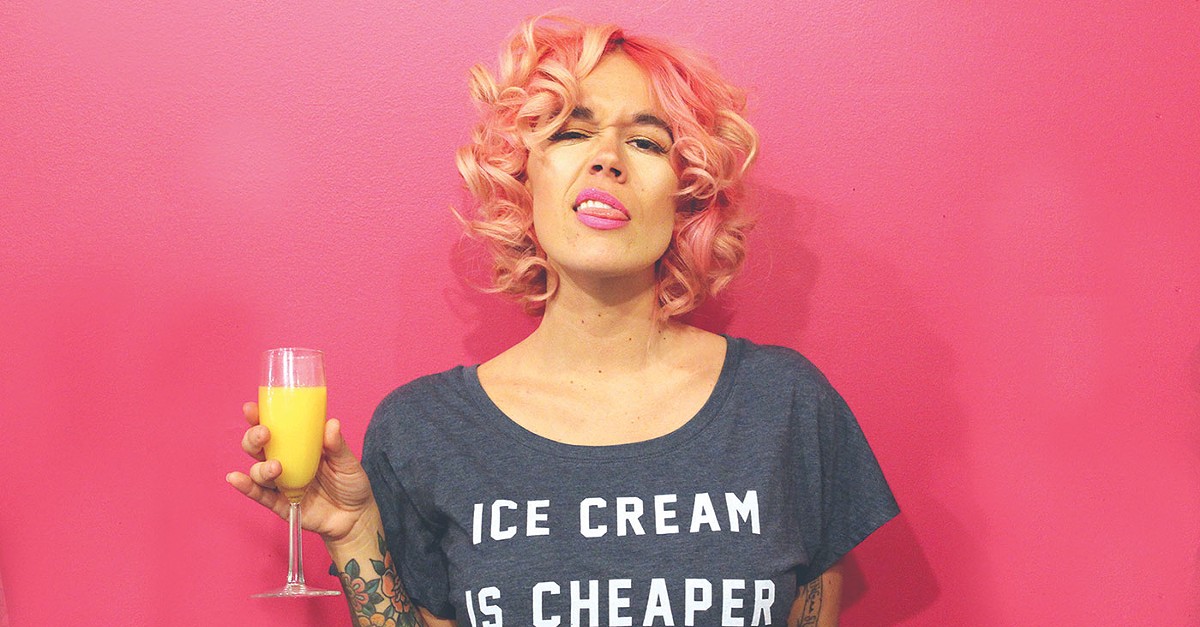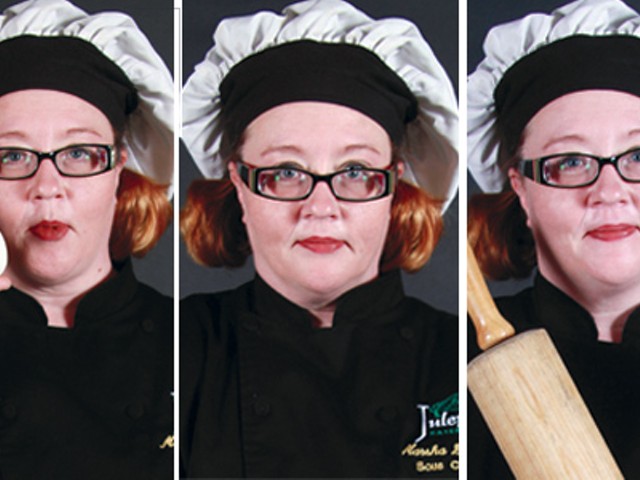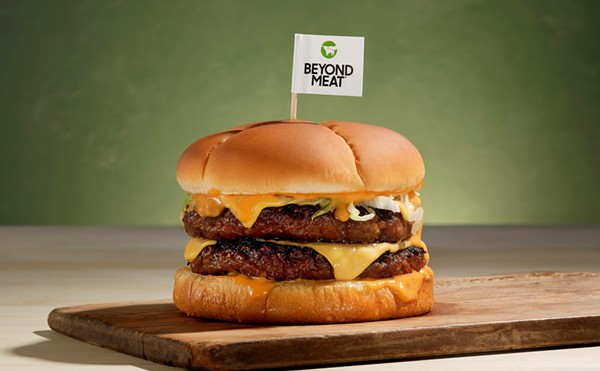I kicked off my Mardi Gras celebrations this year in an unconventional way. I was gathered ‘round a long table in the side room of local ramen and fried chicken joint, Chik’n & Mi, with 12 other beautiful folks wearing gold and purple sequined fedoras. We were telling gut-wrenching, tear-jerking, hilarious and emotional stories over bourbons and bowls of bubbling broth, but these were clearly not your average Mardi Gras stories. That same day last year, the lot of us was gathered around our friend, Aaron, who was in grave condition after a catastrophic car accident outside of Hattiesburg, Mississippi, on his way to, well, where else? Mardi Gras.
We spent days in and out of the intensive care unit at a hospital in southern Mississippi, which quickly became our home. We outfitted his room in feather boas and Mardi Gras décor. We spent our Mardi Gras clutching each other’s hands and blinking through hazy eyes and trying to convince every medical professional to watch silly videos of Aaron just to humanize him a bit, and then gathering around in our hotel rooms at night, filling our souls with what, in the end, got us through... stories about Aaron whilst passing around a giant bottle of Old Forester. Spoiler alert: Aaron made it through, is back to thriving and taking any opportunity he gets to wear those feather boas. Aaron will always be the “Mardi Gras Miracle” to all of us, which got me wondering, what does the magic of Mardi Gras mean to the one that means Mardi Gras to all of us?
I asked Aaron to enlighten me when it comes to his unyielding passion for the events that occur at New Orleans Mardi Gras. While I went to Mardi Gras many years ago with a group of girls in college, his stories range from X-rated to political activism, so I knew I needed to pick his brain. Mardi Gras runs through his veins, so I had to share his stories.
“My first year, we crammed nine people into a one-bedroom, shotgun-style apartment in the heart of the garden district,” he said. “Beads were blowing in the trees and hanging on every telephone pole, street sign and yard fence.” I can hear them lightly clanking through a swampy breeze as Aaron goes on, “The night before Fat Tuesday was Lundi Gras. We decided to go hard early, so we’d be rested for the next morning’s parades. Well, everyone woke up in the middle of the night still hammered from day drinking, and we decided to head to the gay district of the French Quarter... we were up until the sun came up. The next morning, we combated all this with more booze, more (insert drug of choice here), some greasy food and some dress up!
“The goal was to be color-coordinated, however, we ended up just throwing on whatever and looked crazy and rolled out to the parades that day. Then, the walk began. Halfway through the day, we finally made it to the Quarter.”
If you’ve ever seen Aaron in dress-up, you know he’s covered in feather boas, perhaps wearing glittery hot pants, wild socks and some sort of hat or accoutrement. Nothing is too much. Aaron recalled that one year, the walk included his friend’s mother, dressed in an all-white suffragette gown, “sash and all,” he said, getting into an altercation with the Westboro Baptist Church protesters who’d attempted to blockade the intersection of Bourbon Street and St. Ann Street, the epicenter of the gay district. This face-off led directly into a dance party, because at Mardi Gras, that’s par for the course. “When they moved, we realized there was an entire random street dance party happening! We got down to Robyn’s “Dancing on my Own” and then several Beyoncé classics!”
Aaron explained that at Mardi Gras, nothing can push the envelope too much, and that it is the ultimate free for all. Everyone simply becomes part of the spectacle instead of watching it. The street musicians and the trash can drummers get just as much respect as the big bands playing in the watering holes. “Mardi Gras isn’t all about getting naked, eating everything creole in sight, drinking hurricanes and dancing in the streets, although I definitely partake in these four activities while I’m there,” he said. “It’s about history and community and celebrating this resilient city.”
Maybe that’s it, then. We’ve finally put our finger on it. The history and community and resilience of this celebration can make us feel something deeper, more intrinsically connected to one another as humans. And, I think I can speak for the lot of us who sat by Aaron in the ICU in Mississippi when I say that he brings out community and resilience in all of us. A feather boa, a sashay through an alleyway, the clank of a hurricane glass or the clutch of a hand amidst tribulation — these will all make us feel community in some of way. Happy Mardi Gras, Aaron, I’m so glad you’re here to celebrate.






